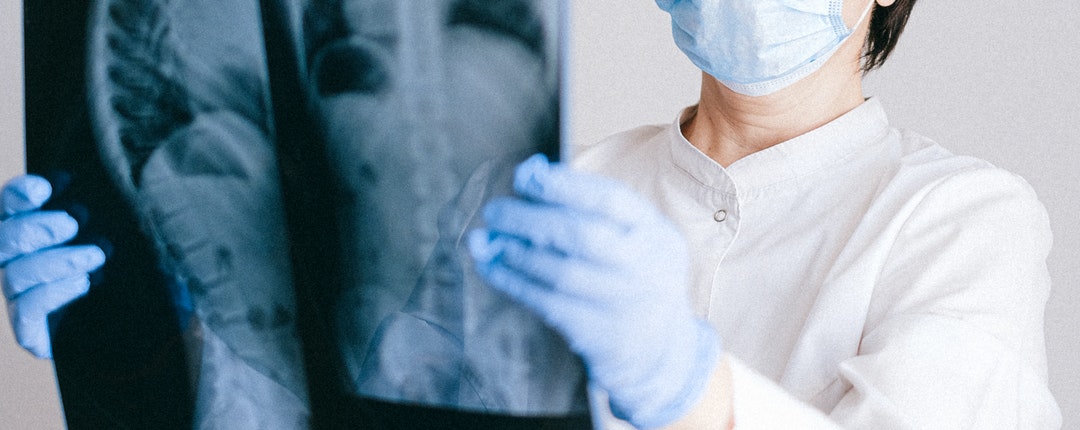The field of radiology and imaging has relatively quickly advanced from simple x-rays that allow us to take a non-invasive, albeit limited, peek inside the human body, to incredibly complex technologies that nowadays are able to do so much more. Particularly in a malignancy like mesothelioma, imaging technology and the field of radiology play a role beyond what we could ever have imagined even a decade ago. Many patients’ first encounter with mesothelioma, in fact, often consists of a chest x-ray (CXR), a CT scan, or a PET scan.
This article is based on the journal article titled “Imaging in pleural mesothelioma: A review of the 15th International Conference of the International Mesothelioma Interest Group (iMiG),” authored by Dr. Samuel Armato (of the University of Chicago) and colleagues. Dr. Armato and colleagues compiled and explained studies presented at the iMig conference, which took place virtually last May. The Meso Foundation regularly covers scientific meetings to keep you updated on progress in mesothelioma treatment and science.
When it comes to radiology, our collective ability to see so accurately inside the human body, without surgically opening it, is nothing short of remarkable. While we may think that machines and technology are responsible for this progress, it is actually the discipline of radiology and the people who work tirelessly to move it forward that make it all possible.
Advances in imaging for monitoring treatment response
The reason behind imaging becoming such a reliable tool for monitoring disease progression and disease response to treatment is all the multi-disciplinary research that regularly goes into it. In mesothelioma, much work in this area has taken place in the last few years through a massive project meant to standardize mesothelioma staging across all institutions and providers. The staging project is extremely complex and reaches across several disciplines. To put it simply, one part of the project involved radiologists comparing their tumor volume readings against readings from more precise equipment at certain institutions, and biopsied tumor tissue obtained surgically. They then calibrated their widely-available systems to be as precise as possible in assessing tumor burden. Because of this project, today, a patient will receive a more precise scan interpretation consistently across several institutions than they would have a decade ago.
In the future, imaging could be used as a guide for selecting treatment
Much progress in the treatment of mesothelioma is being made in the area of targeted therapies. This target can be a protein like mesothelin, which tends to be expressed on the surface of the tumor but not normal tissue, or it can be a genetic mutation. A targeted therapy aims a drug at the determined target and delivers therapy much more precisely than a systemic therapy would, thus sparing healthy tissue while aggressively attacking tumor tissue. The complication with targeted treatments arises when, as is the case with mesothelioma, the potential targets are expressed on certain parts of the tumor, but not on others, or are present in different quantities across the tumor. Understanding which targets are most available on the tumor’s surface, and where, helps identify those patients most likely to benefit from a certain treatment. Imaging would enable physicians to make that determination more accurately with fewer invasive procedures. Currently, early-stage lab studies are underway to test the feasibility of binding these molecular targets to a substance visible on a PET scan. In other cancers, early study results for this technique show promising activity and safety.
Adapting mesothelioma radiology to new and innovative treatment options
As mesothelioma treatments advance toward new and innovative strategies, radiologists have also had to adapt their readings of imaging. In the area of immunotherapy, for instance, inflammation in parts of the body unrelated to the tumor is a frequent side effect. When inflammation occurs in the areas surrounding the tumor, it can, sometimes, appear on imaging as new tumor growth. This phenomenon is called a pseudo-progression because once the inflammation subsides, the apparent tumor growth disappears. While there aren’t yet definitive solutions to this problem, the good news is that research is currently underway exploring and addressing these important issues for healthcare providers and patients alike.





